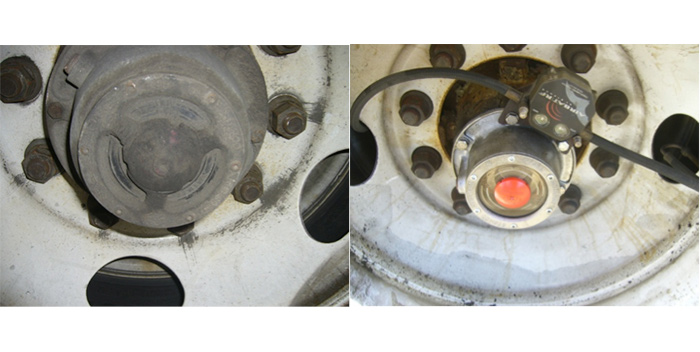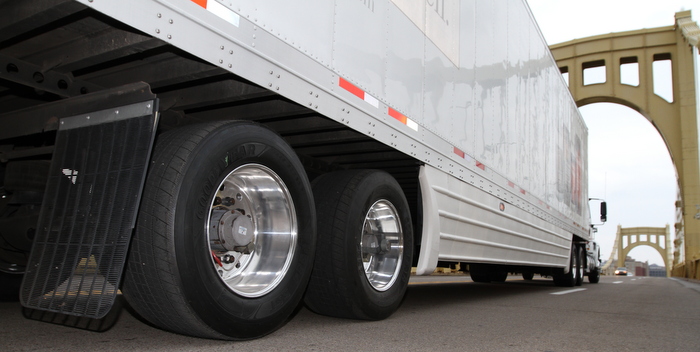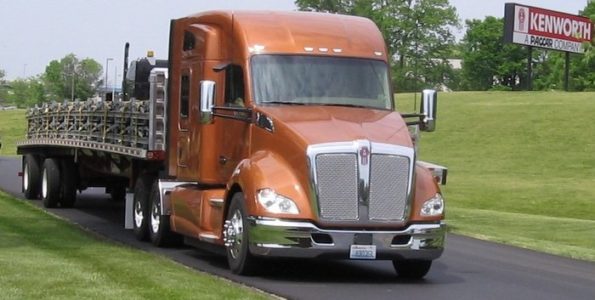The Equipment Leasing and Finance Association (ELFA), which reports that it represents the $725 billion equipment finance sector, recently revealed its Top 10 Equipment Acquisition Trends for 2013. Given that every year U.S. businesses, nonprofits and government agencies spend in excess of $1.2 trillion in capital goods or fixed business investment (including software), financing more than half of those assets, these trends impact a significant portion of the U.S. economy. Businesses considering acquiring equipment this year will consider numerous end-user benefits while weighing continued uncertainty related to economic conditions and fiscal policies.
ELFA President and CEO William G. Sutton, CAE, said, “Equipment acquisition plays a critical role in driving the supply chains across all U.S. manufacturing and service sectors. We have distilled recent research data, including the Equipment Leasing & Finance Foundation’s 2013 Equipment Leasing & Finance U.S. Economic Outlook Report and U.S. Equipment Finance Market Study 2012-2013, industry participants’ expertise, and member input from ELFA meetings and conferences to provide our best insight for the top 10 Equipment Acquisition Trends for 2013.”
The following Top 10 Equipment Acquisition Trends for 2013 issued by the organization may help you plan for the year:
1. Corporate perceptions of the economic outlook will be a primary driver of business investment decisions.
2. Equipment investment will pick up in the second half of 2013. Equipment investment will grow this year, although the rate of growth will be hampered by fiscal uncertainty.
3. Pent-up demand will spur investment across varied equipment types.
4. A continuing low interest rate environment will enable companies to acquire the equipment they need and conserve cash.
5. A majority of U.S. businesses will use some form of financing for equipment acquisition.
6. Business size will impact equipment acquisition. Size will matter when acquiring equipment in 2013.
7. The gaining prominence of cloud computing will transform the way businesses pay for IT investments.
8. Credit market conditions will remain favorable for long-term equipment financing.
9. The one-year extension of bonus depreciation may provide incentives for businesses to acquire equipment.
10. Although the value of lease financing will remain, businesses will begin to adapt their equipment acquisition strategies to comply with long-awaited changes to lease accounting standards.
A new draft of proposed changes to lease accounting standards by the Financial Accounting Standards Board and the International Accounting Standards Board should be announced this year, enabling businesses to begin to evaluate how their balance sheets, earnings and other financials will be affected by equipment financing agreements.









